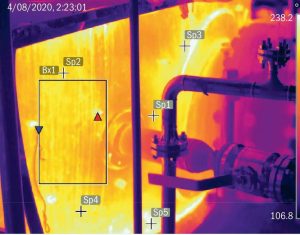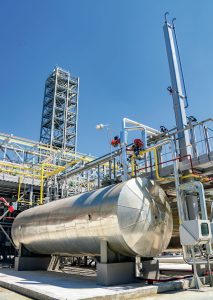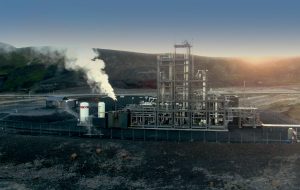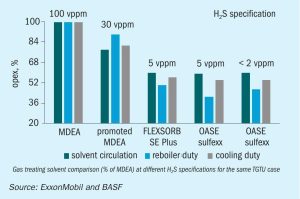Spanish fertilizer producer Fertiberia is teaming up with energy firm Iberdrola to build Europe’s largest plant for generating green hydrogen for industrial use – in this case ammonia production. The 100MW solar plant and accompanying 20 MWh lithium-ion battery system and 20MW electrolytic hydrogen production system will be built at a cost of $174 million, and electrolyse water to produce 720 t/a of hydrogen. When fed into Fertiberia’s existing ammonia plant at Puertollano, 250km south of Madrid, the hydrogen will allow a 10% reduction in natural gas use by the plant, saving the company 39,000 t/a in annual CO 2 emissions. Start-up is planned for 2021. Fertiberia will also use electrolysis-generated oxygen as a raw material for nitric acid, which is used to produce ammonium nitrate at the site.










